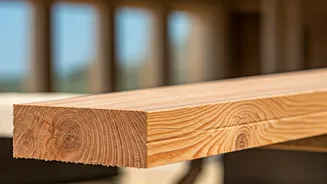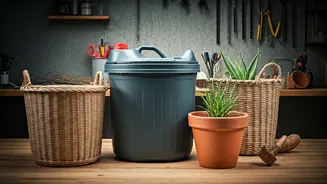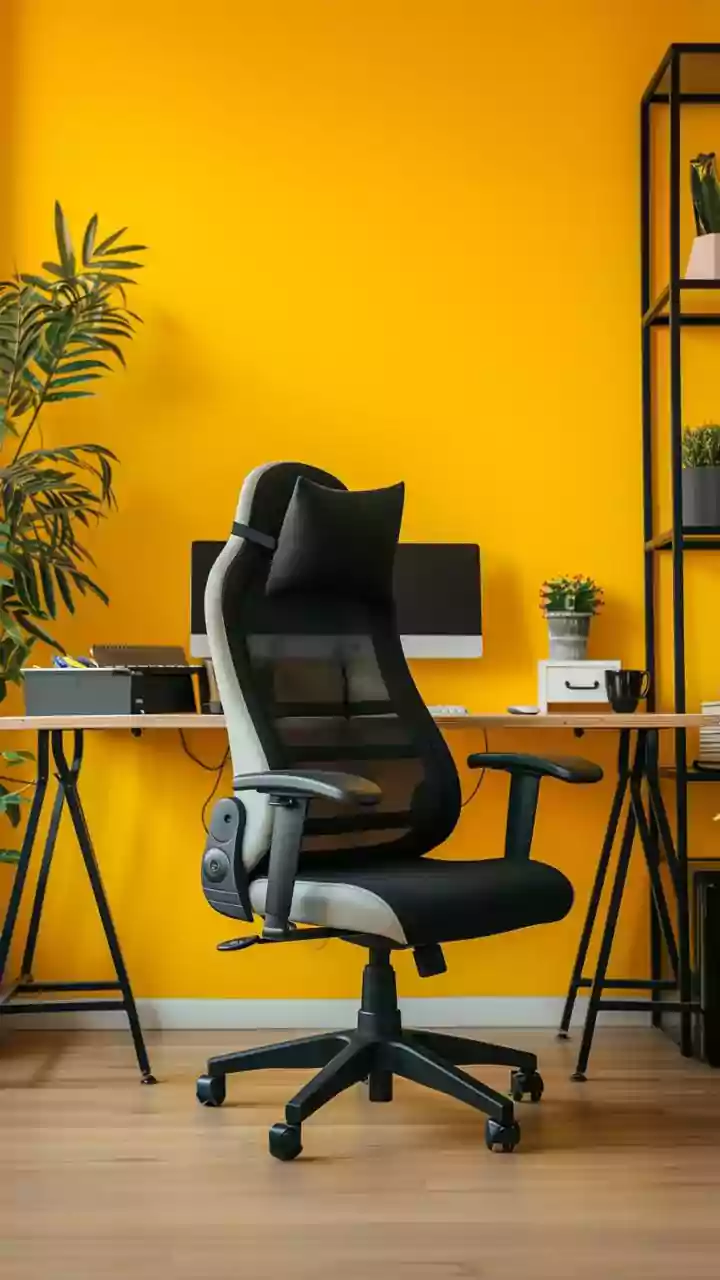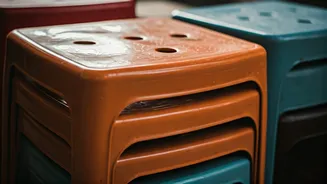Easing Manufacturing Process
The holes in plastic stools serve a practical purpose when they are being manufactured. These holes make it easier and quicker to remove the stool from
the mold after the plastic has cooled and solidified. Without these holes, the stool might stick to the mold, making it difficult to remove and potentially damaging the stool or the mold itself. This design adjustment enables faster production rates. Removing the stools quickly is crucial for efficient mass production, reducing manufacturing costs and increasing overall output. This simple addition streamlines the process, making it more cost-effective to produce plastic stools on a large scale.
Reducing Plastic Usage
Another essential reason for the holes in plastic stools is to reduce the amount of plastic required during manufacturing. By incorporating a hole in the center, manufacturers can use less raw material, which lowers production costs. This strategy contributes to greater sustainability in manufacturing. Less plastic also means the stool is lighter and easier to handle during transport and distribution. Reduced plastic also lessens the environmental impact, contributing to a more eco-friendly design. The design helps keep the price of stools down, making them a cost-effective seating option for consumers.
Boosting Structural Strength
The holes actually contribute to the structural integrity of the stool. Believe it or not, the hole in the middle helps to prevent the stool from cracking under pressure. The hole helps in evenly distributing the weight and stress across the stool's surface, especially when someone sits on it. In the absence of a hole, the center of the stool would be more prone to breaking or cracking, particularly with repeated use or under heavier loads. By incorporating a hole, manufacturers ensure that the stool remains stable and can withstand everyday wear and tear, improving its lifespan and durability.
Facilitating Stackability
Holes also make it easier to stack the stools. Stacking is a key consideration when you are storing and transporting plastic stools. The presence of a hole allows the stools to interlock or nest, saving significant storage space. This design feature is advantageous in environments like schools, cafeterias, and event venues. The stacked stools are more stable and less likely to topple over. Furthermore, the hole provides a convenient handle for picking up and moving the stool. This design simplification enhances the portability of the stools and ensures they are easy to manage during storage and transport.
Airflow and Ventilation
The holes in plastic stools also serve a role in enhancing ventilation and airflow. During hot weather, the hole reduces heat buildup. This makes the stool more comfortable for extended use. They also allow for the passage of air, which helps prevent the accumulation of moisture. This ventilation is especially important in humid climates. A design like this not only increases comfort but also prevents the growth of mold and mildew. The open design makes the stools easier to clean, too, as dirt and water can easily drain away.














